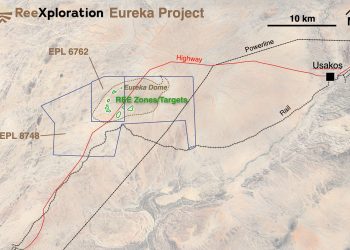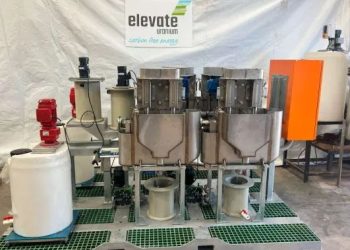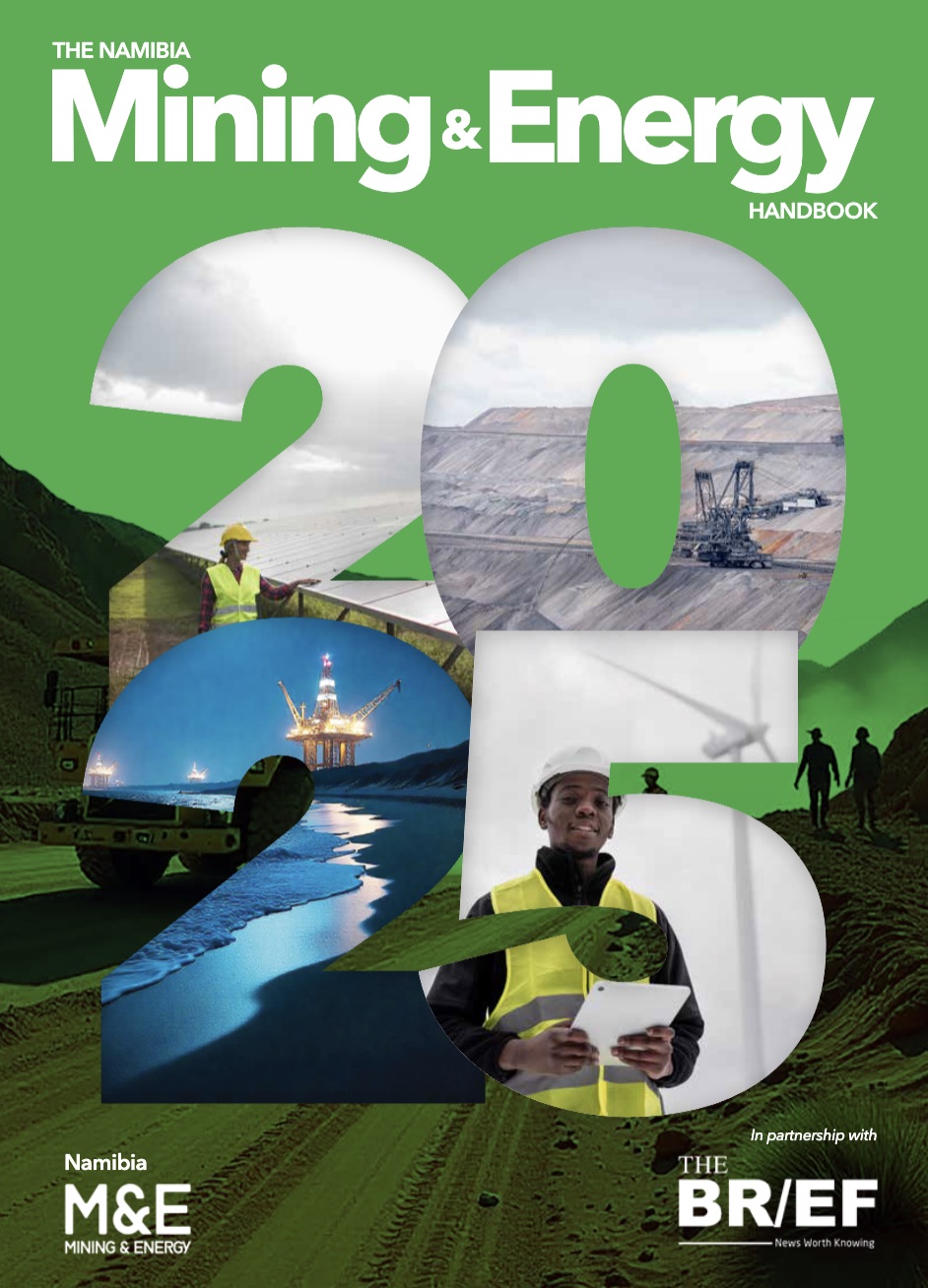
Deep Yellow Limited is set to embark on the ore reserve upgrade drilling initiative at its flagship Tumas project.
The uranium developer’s Managing Director and CEO, John Borshoff, said the drilling is set to commence in late February.
He said the drilling aims to establish a robust reserve base within the Tumas 3 deposit, laying the groundwork for sustained mining operations over the next seven years.
“Deep Yellow is pleased to announce an ore reserve upgrade drilling program is scheduled to commence at the Tumas 3 deposit on 21 February 2024,” Borshoff said.
He said the project involves a substantial effort, with 13,000 meters of RC drilling and 350 meters of diamond core drilling slated to unfold.
“The primary objective of this initiative is to augment drill spacing across targeted zones within the Tumas 3 deposit, thereby facilitating the conversion of a portion of the existing 67.3 million pounds of probable reserves into a proven status under the JORC mineral resource code,” Borshoff said.
The CEO highlighted the importance of this upgrade, highlighting its pivotal role in delineating sufficient proven mineral reserves to sustain the initial seven years of mining operations and to initiate detailed mine scheduling.
“Tumas 3, nestled within EPL3496 in Namibia, represents a cornerstone asset for Deep Yellow Limited,” Borshoff said.
He noted that its location along the Tumas palaeodrainage, coupled with adjacent deposits such as Tumas 1, 1 East, Tumas 2, and Tubas, contributes to a formidable resource base, boasting substantial uranium resources.
“The forthcoming drilling campaign holds promise for Deep Yellow Limited’s operational expansion,” Borshoff said.
He anticipates assay results by April, with the company aiming to unveil an updated ore reserve status for Tumas 3 in July 2024.
The Tumas project is expected to cost N$6 billion (US$360.5 million) according to re-costing study findings from N$7.3 billion (US$385.1 million) projected from the definitive feasibility study.
The re-costing study’s findings show that this will result in cost savings of N$458 million (US$24.6 million).
This comes as the Chamber of Mines welcomed the material recovery in the uranium price, which has breached the US$100/lb mark and is currently trading at US$106/lb, a price move that market analysts have been predicting since 2013.







